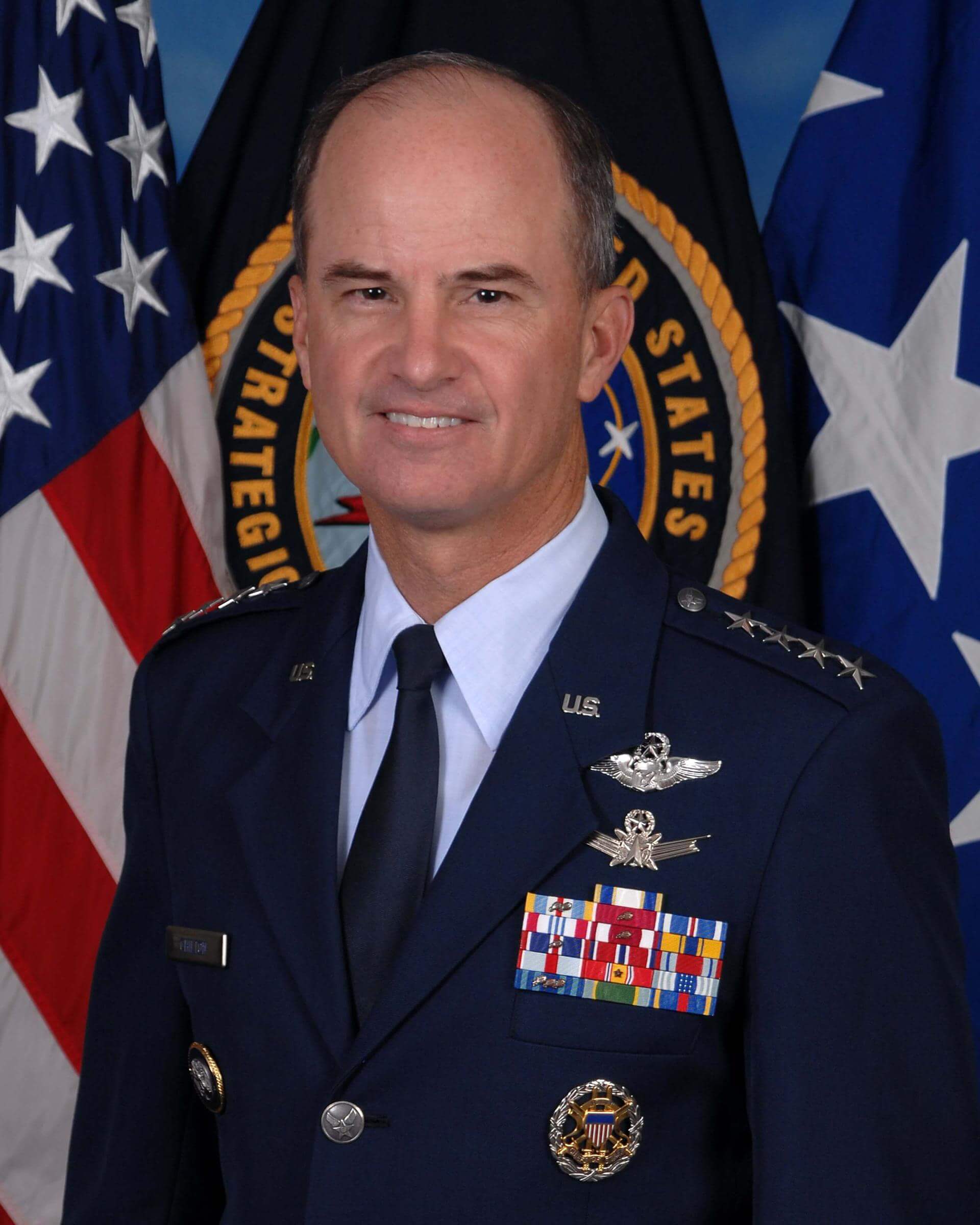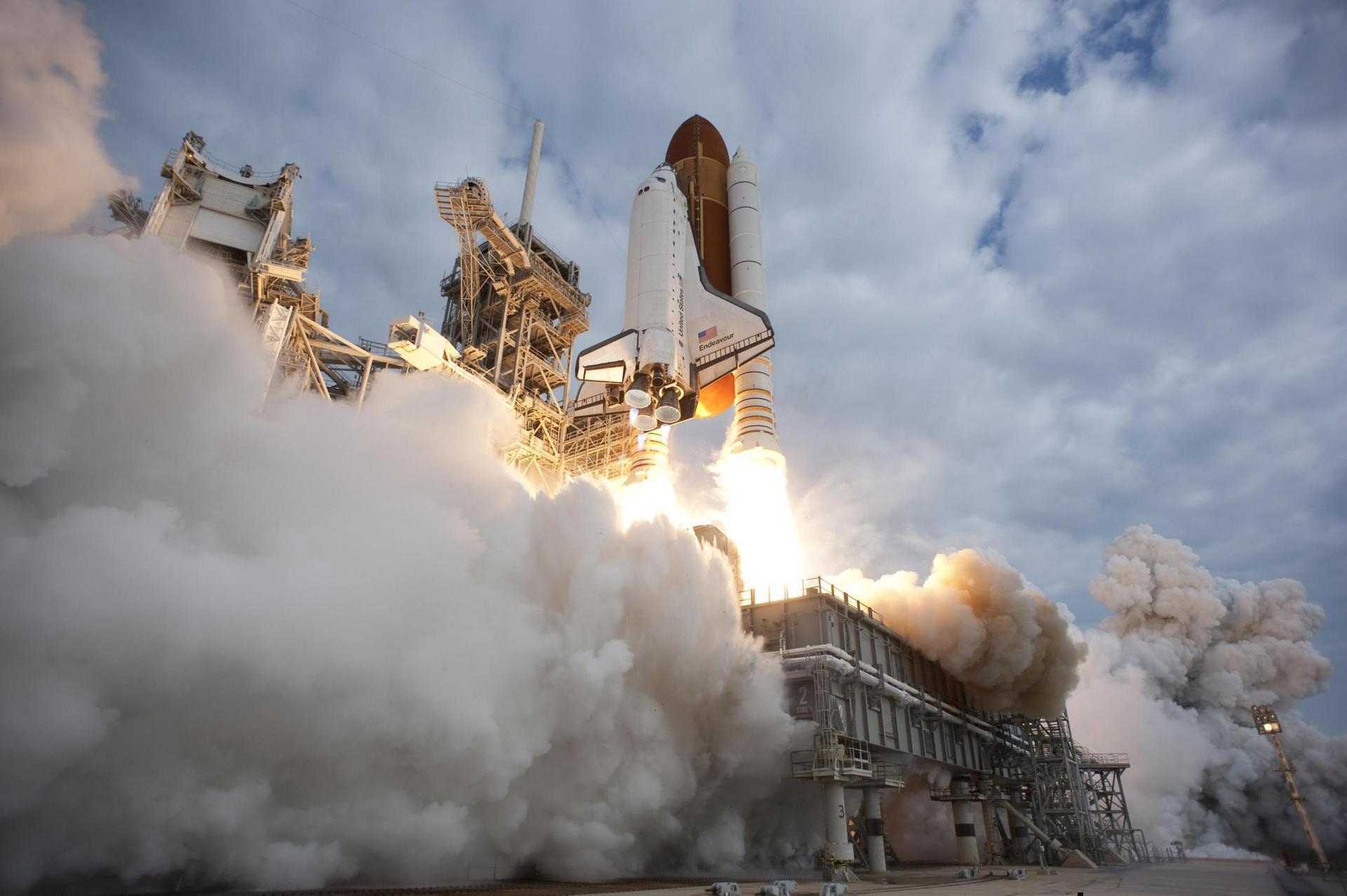Kevin P. Chilton
American - (NASA)
Retired
Date of Birth: Nov. 3, 1954
Age: 71
Kevin Patrick "Chilli" Chilton is an American mechanical engineer, and former United States Air Force four-star General and test pilot. His last assignment was as Commander, U.S. Strategic Command from October 3, 2007 to January 28, 2011. Prior to his appointment to general officer ranks, Chilton spent 11 years of his military career as a NASA astronaut. He retired from the Air Force on February 1, 2011, after having achieved the highest rank of any military astronaut. On January 30, 2012, General Chilton was named to the board of directors of Orbital Sciences Corporation.
Space Shuttle Endeavour / OV-105 | STS-49
National Aeronautics and Space Administration | United States of AmericaKennedy Space Center, FL, USA
May 7, 1992, 11:40 p.m.
Status: Success
Mission:
STS-49 was the maiden flight of the Space Shuttle Endeavour. The primary goal of its nine-day mission was to retrieve an Intelsat VI satellite (Intelsat 603, which failed to leave low earth orbit two years before), attach it to a new upper stage, and relaunch it to its intended geosynchronous orbit. After several attempts, the capture was completed with a three-person extra-vehicular activity (EVA).
Low Earth OrbitSpace Shuttle Endeavour / OV-105 | STS-59
National Aeronautics and Space Administration | United States of AmericaKennedy Space Center, FL, USA
April 9, 1994, 11:05 a.m.
Space Shuttle Atlantis / OV-104 | STS-76
National Aeronautics and Space Administration | United States of AmericaKennedy Space Center, FL, USA
March 22, 1996, 8:13 a.m.
Status: Success
Mission:
STS-76 was NASA's 76th Space Shuttle mission, and the 16th mission for Atlantis. STS-76 launched on 22 March 1996 at 3:13 am EST (UTC −5) from Kennedy Space Center launch pad 39B. STS-76 lasted over 9 days, traveled about 3,800,000 miles (6,100,000 km) while orbiting Earth an estimated 145 times, and landing at 5:28 am PST (UTC −8) on 31 March 1996 at Edwards Air Force Base runway 22.
Low Earth OrbitThe National Aeronautics and Space Administration is an independent agency of the executive branch of the United States federal government responsible for the civilian space program, as well as aeronautics and aerospace research. NASA have many launch facilities but most are inactive. The most commonly used pad will be LC-39B at Kennedy Space Center in Florida.
Falcon 9
NROL-105
Space Launch Complex 4E - Vandenberg SFB, CA, USATwelfth batch of satellites for a reconnaissance satellite constellation built by SpaceX and Northrop Grumman for the National Reconnaissance Office …
Ceres-2
Demo Flight
Launch Area 95A - Jiuquan Satellite Launch Center, People's Republic of ChinaFirst test launch of Galactic Energy’s Ceres-2 rocket.
Long March 3B/E
Shijian 32
Launch Complex 2 (LC-2) - Xichang Satellite Launch Center, People's Republic of ChinaChinese experimental spacecraft of unknown purposes.
Ceres-1S
Tianqi 37-40
Rizhao offshore launch location - Haiyang Oriental Spaceport4 small satellites for LEO Internet of Things (IoT) communication purposes.
Long March 2C
AlSat 3A
Launch Area 94 (SLS-2 / 603) - Jiuquan Satellite Launch Center, People's Republic of ChinaEarth observation satellite built by China's CAST for the Algerian Space Agency.



